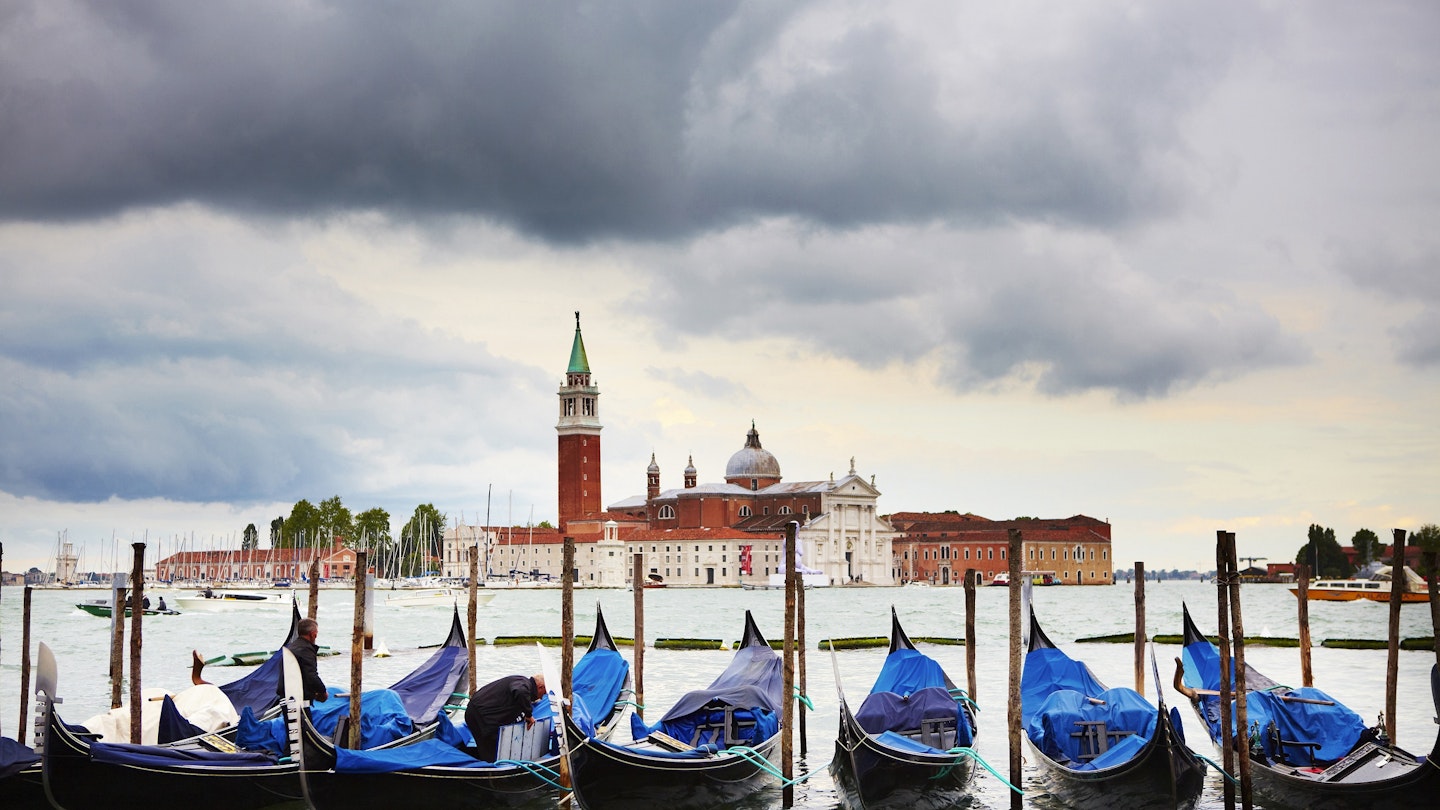Visit Venice Sustainably: Essential Tips for Responsible Travelers
With recent floods in Venice being the worst in over 50 years, GoTravelDaily examines how travelers can visit in a sustainable way and make a positive impact.
Once the capital of a powerful maritime republic, Venice now feels like a city living on borrowed time. November’s devastating floods have demonstrated the fragile nature of Italy’s lagoon showpiece. Climate change—widely believed to be behind the severe tidal floods—is only part of the problem. Moreover, mass tourism has placed unprecedented strain on the city, leading to overcrowding, environmental damage, and, according to many Venetians, a loss of local character. However, there are some simple ways to visit Venice sustainably and respectfully, enjoying its cultural riches without harming the city.
Plan Thoughtfully
When planning your trip, it is wise to avoid peak seasons, especially during the summer months. October, for instance, can still offer mild weather, while January’s winter fog creates an evocative atmosphere perfect for appreciating Venice’s Gothic architecture. Additionally, accommodation tends to be cheaper and the crowds thinner. Staying in a hotel or B&B supports local jobs. If you prefer a more immersive experience, consider staying in a Venetian home through Fairbnb, an ethical home-sharing site that supports local communities and projects.
Seek Less-Trodden Treasures
While there’s no denying the allure of Piazza San Marco’s iconic sights, exploring lesser-known attractions can ease overcrowding. You’ll discover stunning Tintoretto masterpieces in the Chiesa della Madonna dell’Orto, a variety of Renaissance wonders in the Chiesa di San Francesco della Vigna, and precious historical fashions at the Palazzo Mocenigo and Museo Fortuny. Venice’s Museo Ebraico offers fascinating tours of Europe’s oldest Jewish Ghetto, while the Byzantine mosaics inside Torcello’s Basilica di Santa Maria Assunta are equally mesmerizing. For a breathtaking view of Venice, swap St Mark’s Campanile for that of the Chiesa di San Giorgio Maggiore: the queues are shorter and the vistas arguably superior.
Feast Like a Locavore
Thankfully, Venice’s most memorable food and wine experiences are also the most sustainable. Organic produce highlights the vegetarian café Sullaluna, which serves organic prosecco made by the owners using traditional methods. At the modern Zanze XVI, chef Marco Galtarossa creates sophisticated dishes using foraged ingredients and locally-sourced produce. Along with renowned Al Covo, which offers a value-laden lunch menu for budget-conscious gourmets, these establishments make dining a delightful experience.
Natural wines, artisanal cheeses, quality salumi (charcuterie), and fresh ingredients can be enjoyed at the low-key Malvasia all’Adriatico Mar. Additionally, deli Enogastronomia Pantagruelica offers harder-to-find edibles and organic wines made by trusted producers. At the Rialto Market, search for produce labeled Nostrano (locally grown or caught). Lastly, leave plastic water bottles on supermarket shelves; Venice’s tap water is perfectly safe to drink.
Shop Local
Soaring rents and an increase in low-quality imports pose ongoing challenges for local artisans. Avoid garish shops selling cheap made-in-China trinkets and clothing. Instead, seek shops and workshops offering local, handcrafted items built to last. Recommended choices include bespoke business cards from Gianni Basso, paper jewellery and miniature Venetian dioramas from Paperoowl, alongside whimsical paintings, prints, postcards, and contemporary ceramics from Ceramiche Chimera. For unique Venetian graphic tees and natural beauty products, check out Process Collettivo, a not-for-profit cooperative that provides training and paid employment to local prison inmates. Online, Venezia Autentica lists shops, restaurants, and bars that contribute to a sustainable local economy.





